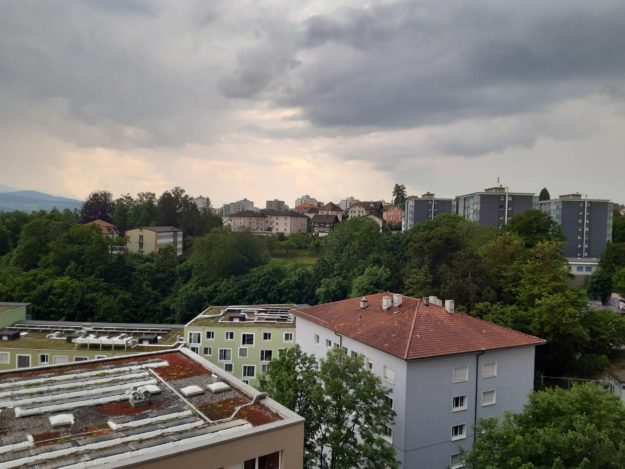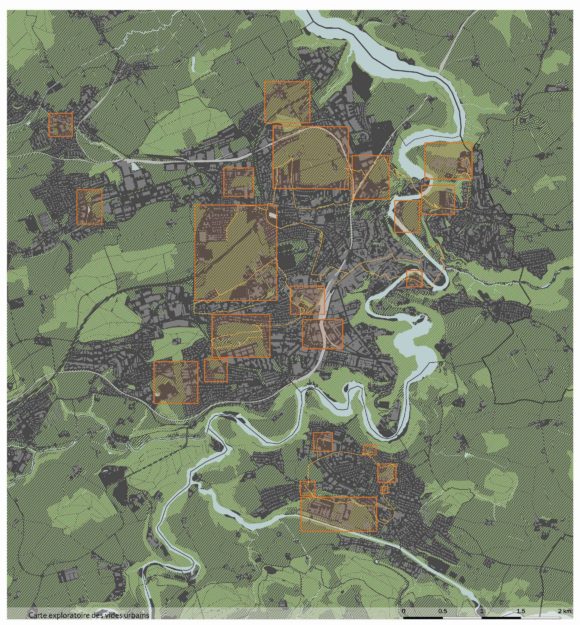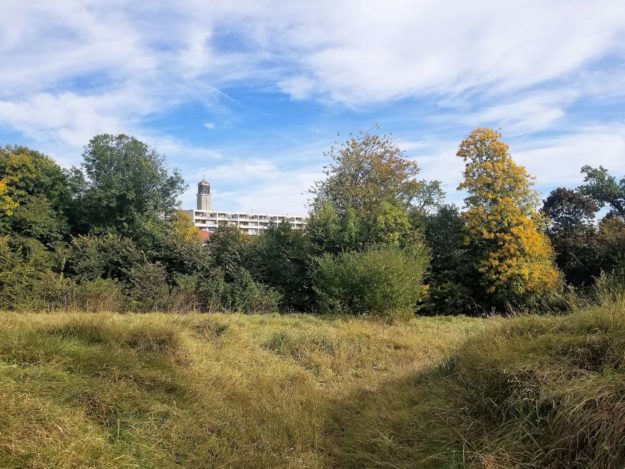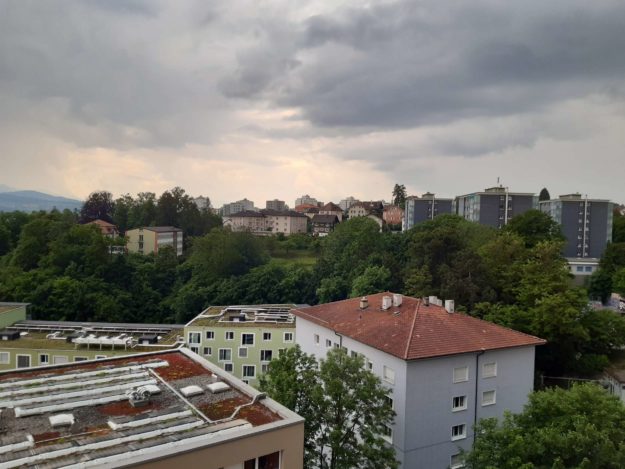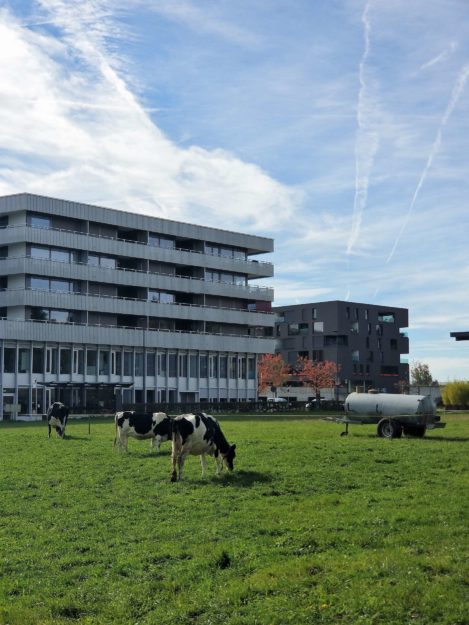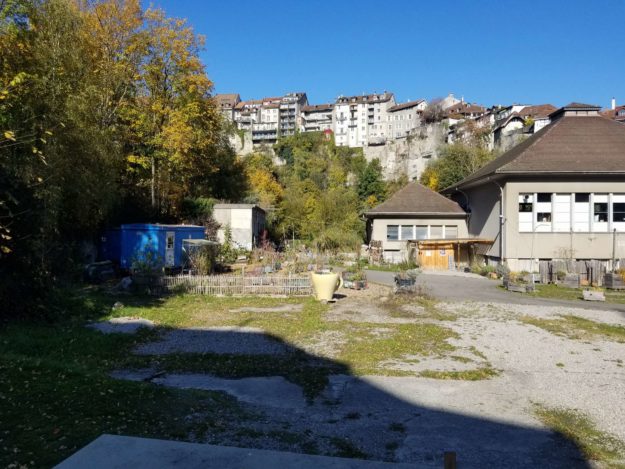Intrinsic value of urban voids
Project Vi-Vid explores the intrinsic value of urban voids, “empty” or “underdeveloped” spaces such as vacant lots, abandoned sites, unused farming plots or natural areas engulfed by the expanding city. Regardless of their specific form, urban voids represent a valuable resource for high-quality densification, offering a different set of opportunities and more adaptability than other, more regulated or standardized spaces, such as parks and natural reserves.
This is why, in large cities around the world, urban voids are being seen in a new light. Some have been converted into havens of cultural regeneration and alterity; they serve as laboratories for new urban practices and as centers of transitory urbanism. Many sites are host to residences for artists, marketplaces for local producers, community colleges, fix-it fairs, object lending libraries, etc. Underpinning these various alternative and innovative practices is a certain idealism and a desire to live and create differently. The phenomenon is being increasingly studied in metropolitan contexts; however, much less is known about its presence in smaller or middle-sized cities, places with more land availability and a closer relationship to natural spaces due to the proximity of the rural and agricultural world.
Within this framework, project Vi-Vid aims to verify whether urban voids are present in the canton of Fribourg, and, if so, to study their specific properties. The presence and ‘activation’ of these underdeveloped open spaces could have a significant positive impact on the quality of life in the city; it also has the potential to increase the appeal of dense urbanism, a model promoted for its lower environmental impact, yet in practice often disliked by its inhabitants—to the extent that it can cause urban flight.
The project objective is to identify and map urban voids within the city of Fribourg, in its periphery and in the village centers of the surrounding countryside. The project also aims to analyze their operational potential with respect to the fencing of land plots, power relations between actors, legal complications and spatial opportunities. By exposing the divergence between opportunities in theory and opportunities in the field, project Vi-Vid will enable the replication of its research in other regions.
